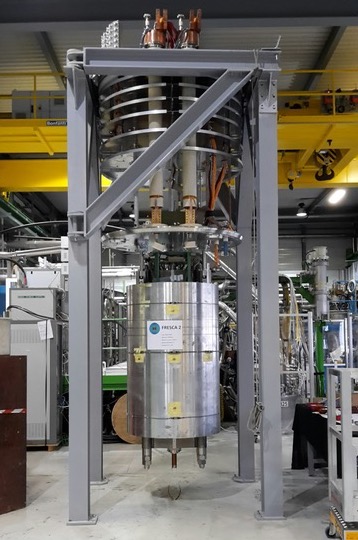Tau.Neutrino said:
The LHC Has Detected The Higgs Boson Again, This Time With a Massive Twist
Physicists working at the Large Hadron Collider have made a major new detection of the famous Higgs boson, this time catching details on a rare interaction with one of the heaviest fundamental particles known to physics – the top quark.
more…
> The top quark is heavy so has a strong interaction with the Higgs field. Catching this interaction requires having hints of a Higgs boson appearing together with a top quark in something called a ttH production. This is easier said than done. Neither particle exists long enough to be seen directly, and only 1 percent of Higgs bosons produced by the energies of the LHC appear alongside a top quark.
Nice work.
> Physicists needed to trawl through the data from two different collider experiments in search of signature combinations. The CMS and ATLAS Collaborations.
The two experimental teams are working together! That’s a more mind-blowing result than finding an interaction between the Higgs and Top. (TIC). But why did they have to work together on this one? The observations were done by CMS alone according to the abstract.
The observation of Higgs boson production in association with a top quark-antiquark pair is reported, based on a combined analysis of proton-proton collision data at center-of-mass energies of 7, 8, and 13 TeV, corresponding to integrated luminosities of up to 5.1, 19.7, and 35.9 fb^-1 respectively. The data were collected with the CMS detector at the CERN LHC. An excess of events is observed, with a significance of 5.2 standard deviations, over the expectation from the background-only hypothesis. The resulting signal strength fits the standard model.
Full paper https://journals.aps.org/prl/pdf/10.1103/PhysRevLett.120.231801





